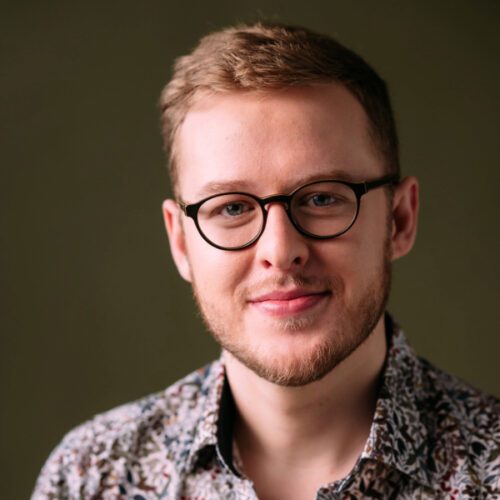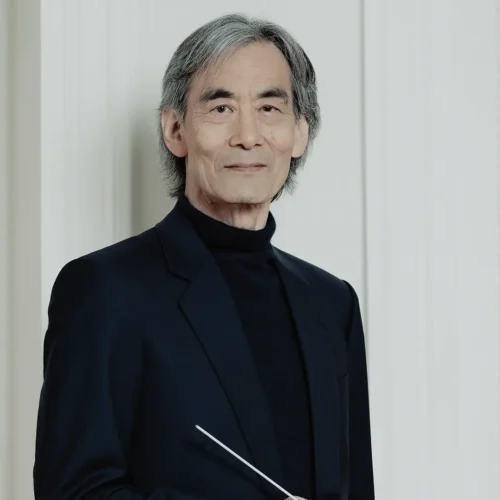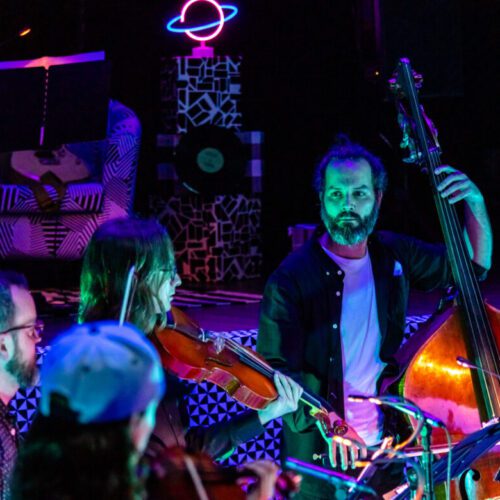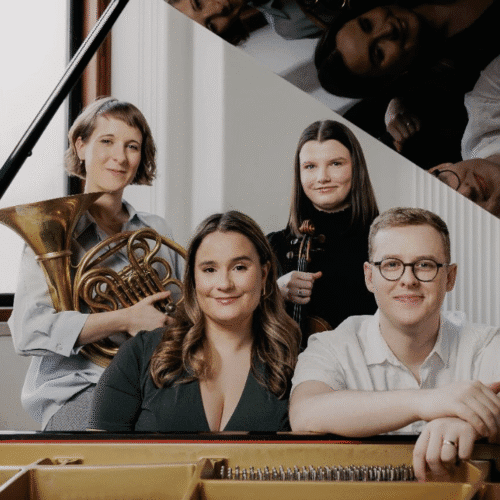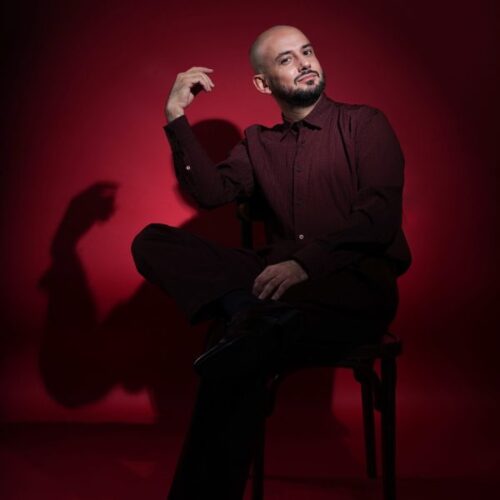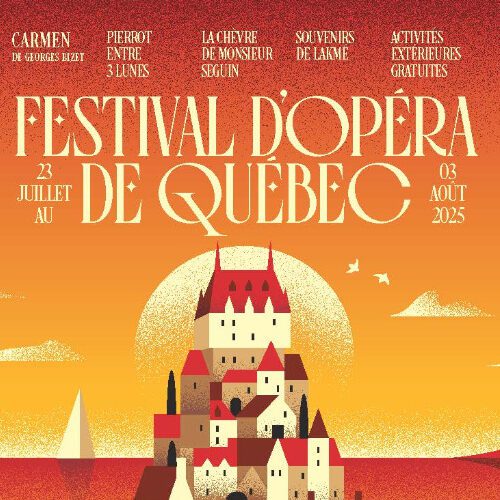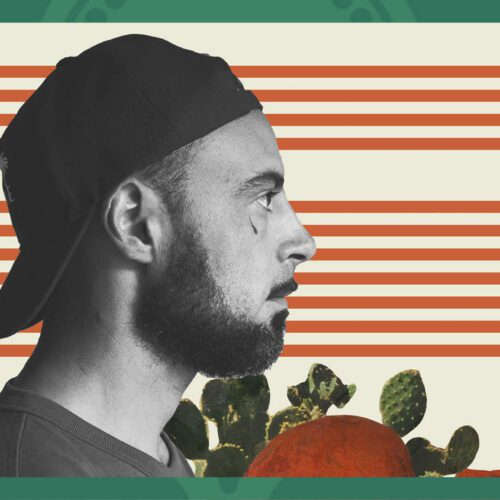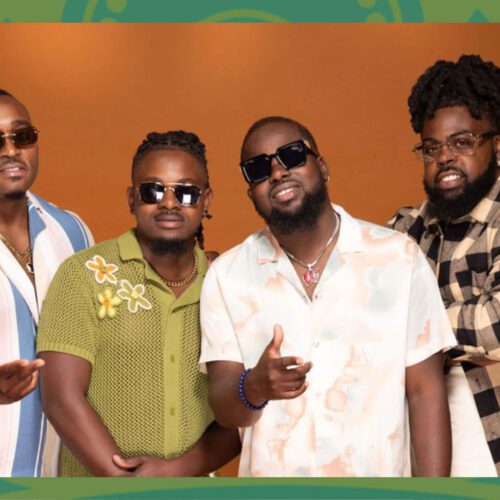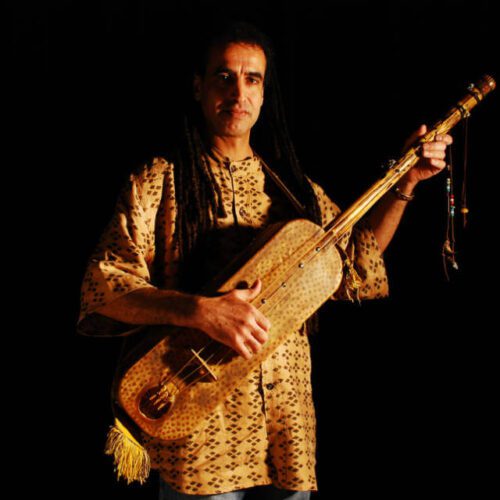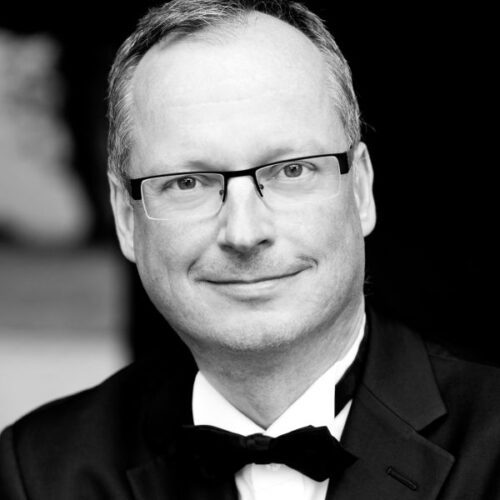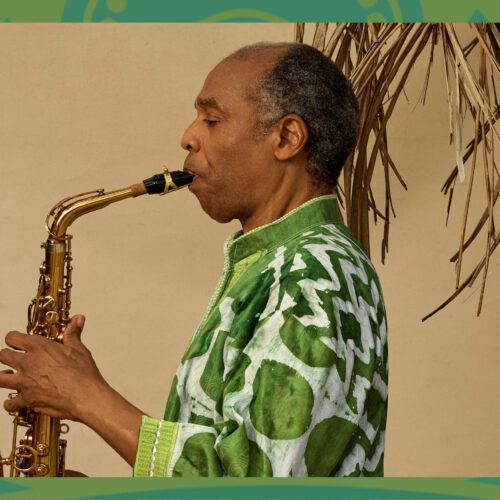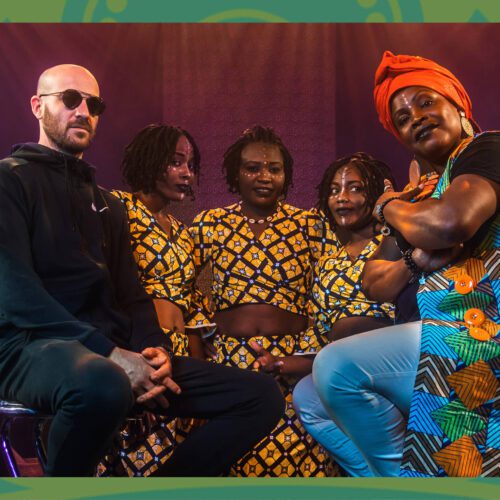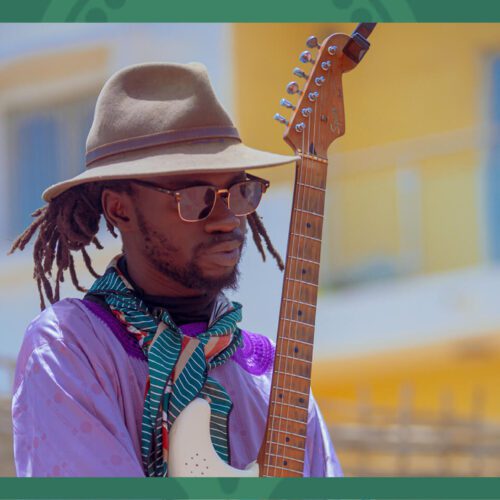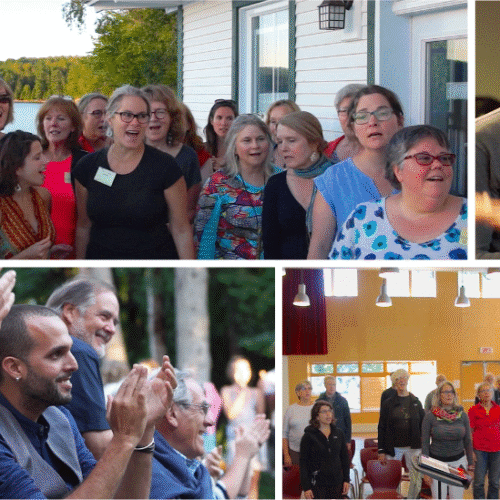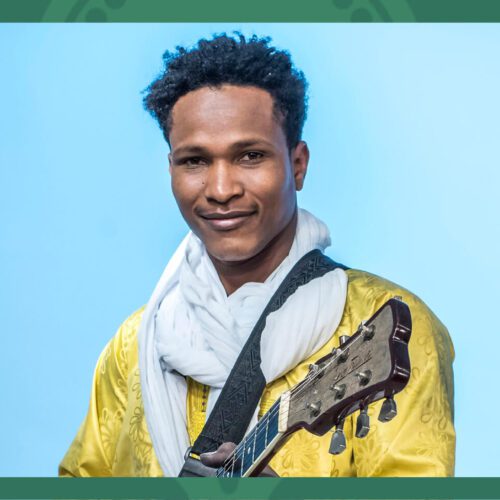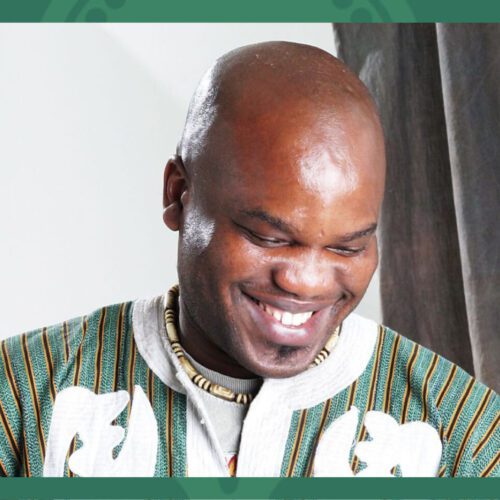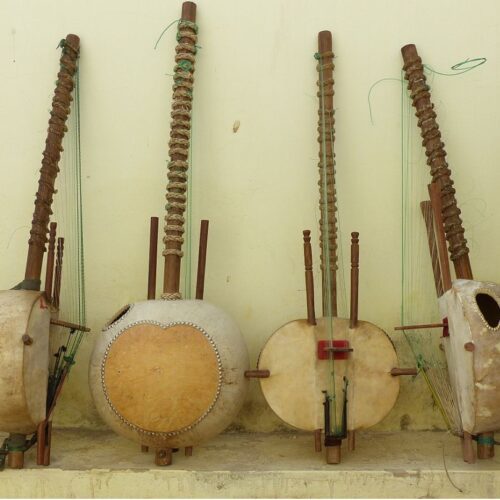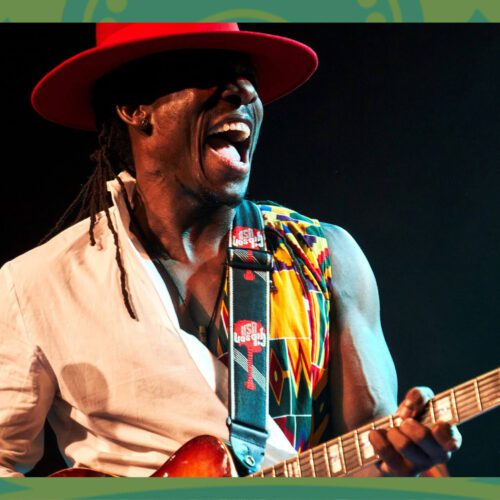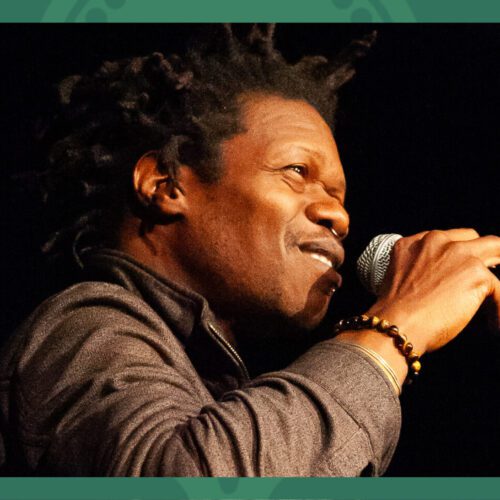Additional Information
For the first time in eight years, cellist Stéphane Tétreault will play Bach’s famous Suites for Solo Cello, over two evenings (December 3 and 4 online) as part of the Festival Bach Montréal. It was a great opportunity to talk with the artist about pandemics, the cello, and the changes in his way of playing this music that’s frankly invincible to the passage of time and tastes.
PAN M 360: Hi Stéphane, nice to talk to you! How are you dealing with the pandemic and all the restrictions?
Stéphane Tétreault: Hi, very happy to talk to you too! I’m experiencing the pandemic a bit like everyone else: it’s difficult. The deprivation of family and friends ends up affecting my morale, for sure, they have a big place in my life. And then, the deprivation of the stage, and direct contact with the audience, adds another layer. Having said that, I can’t complain either. I’m lucky enough to make several recordings, and keep busy with several things. That’s not the case for everyone.
PAN M 360: It’s true, we saw you in a Quartier des spectacles commercial, among other things, alongside many other performing artists, such as Adib Alkhalidey, Ariane Moffatt, Catherine-Anne Toupin, Emmanuel Schwartz, and Lydia Bouchard…
ST: Yes, I was very touched to be invited to participate! It’s a beautiful initiative that reflects the importance of culture. We need to talk about living art, talk about its vitality and the benefits it brings to all of society.
PAN M 360: Especially now that we’re starting to see a little bit of light at the end of the tunnel. Are you optimistic for the post-pandemic period?
ST: Yes, although I anticipate that it will not be easy for some time to come. Having said that, it seems obvious to me that people are super eager to get back into the venues to see and hear the artists, and vice versa! I think that when the return is official and without too many restrictions, the intensity of the positive energy will be incredible! I, for one, can’t wait to sit down at a concert or theatre and welcome the emotions that the artists will want to share with me. I’m just as eager to offer emotions to the audience in front of myself.
PAN M 360: Let’s get to the main reason for this interview: the Bach Suites that you are playing in two evenings at the Festival Bach Montréal. Is it the first time you’re performing them in one shot like this?
ST: No, I played them in two evenings as well in 2012, at the Festival Classica de Saint-Lambert, but I was only 19 at the time. It was a bit crazy to accept this kind of challenge at such a young age, because these suites are very demanding not only technically and musically, but also emotionally mature. I still took up the challenge, but never again since. Of course, I’ve played a suite here and there in various concerts, but never again in one go. So this will be the second time, but not the last!
PAN M 360: Are you planning to do them again elsewhere?
ST: I’d like to tour with them, all over Quebec and Canada, and even internationally.
PAN M 360: Let’s talk about your vision and your understanding of these musical monuments. What has changed since 2012?
ST: So many things! I’ve had to review my bowing and fingering 112 times! My approach has also changed a lot. I would say it’s more… refined, closer to the source of this music. Among others, I worked with Elinor Frey, a Montreal baroque cellist of immense talent and deep stylistic knowledge of early music. She opened my mind to the culture and thinking of this musical discipline, Baroque performance, although I don’t pretend that this is exactly what I will do. Let’s just say that my playing is now “informed” by it.

PAN M 360: What is the best advice you got from her?
ST: She taught me so much! It’s difficult to identify a single point. Spontaneously, I would say that she made me aware of the meaning of the expression “less is more”. In this kind of music, you have to convey emotions, it has to be warm and communicative, but it has to be subtle and refined. You don’t spend all your time tearing your shirt on stage, and that’s not necessary for the music to say what it has to say anyway. There is also the organist and harpsichordist Mireille Lagacé, whom I must thank, she has accompanied me in my development. She taught me a lot about the type of playing to be deployed in this kind of music.
PAN M 360: Do you remember your first encounter with this music?
ST: I remember that when I was 11 years old, Yuli Turovsky gave me the first follow-up to learn. I knew the melody of the Prelude, like everyone else, but without more depth. I practiced, I practiced, but Yuli was never satisfied with my performance. One day he said to me, “Stéphane, imagine you are Bach. You have insomnia and you decide to go to church and improvise on the organ rather than toss and turn under the covers. You have to play the Prelude as if it were in the middle of the night, improvising to lighten your mind. It’s not thought out, it’s not thought out for this or that effect, it’s spontaneous and it’s not too hard, because you’re alone in a church in the middle of the night!”
It made an impression on me. I thought about it constantly afterwards. So much so that, shortly afterwards, at the Concours de musique de Sorel, just before starting this piece, I crouched down on the cello and concentrated on projecting myself into this scenario for something like a good 45 seconds! The judges must have wondered what he was doing there! In the end, I was satisfied after playing it, which I didn’t often get to do?
What’s so great about this music? Listen to a simple and effective tutorial to better understand the fascination of Bach’s famous Prelude to Suite No. 1 (in English, with cellist Alisa Weilerstein).
PAN M 360: Both evenings are at 10 pm (if we listen live, but we can also listen to them afterwards). Is it an advantage or a constraint for you to play at this time?
ST: It suits me very well! I’ve already played a programme at 11 pm in Switzerland, with candlelight and everything. I adjust my routine accordingly, taking a nap in the afternoon, for example. I’m a night owl! If I had to give a concert at 9 am, then I think it would be a bit more difficult!
PAN M 360: I wish you all the best for these two evenings!
ST: Thank you!

